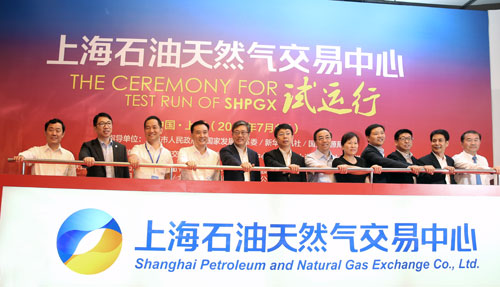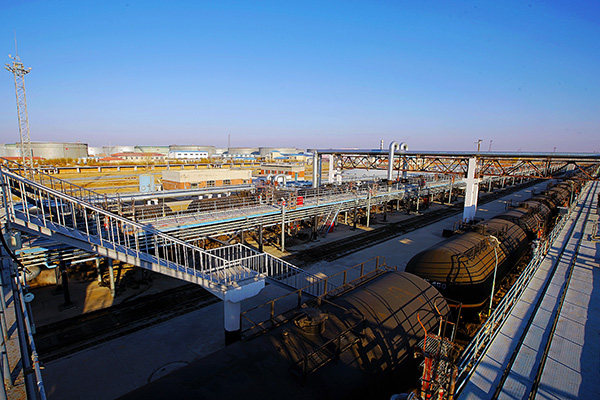China to increase investment in Sudan`s oil industry: ambassador
Source: www.chinamining.org Citation: Platts Date: July 09, 2015
China`s ambassador to Sudan, Li Lian, says Beijing will increase its investments in the East African country`s oil industry and support its program to increase oil production.
China`s CNPC is the largest investor in Sudan`s oil industry, followed by Malaysia and India.
"CNPC has reduced its foreign investments due to lower global [oil] prices, with the exception of Sudan, for the durability, strength and strategic dimension of the relations between the two countries," Lian was quoted as saying by the state-owned Sudan News Agency, or SUNA, late Tuesday.
"China`s relations with Sudan is considered a model for south-south cooperation," Lian said, after meeting with the Sudan`s oil and gas minister Mohamed Awad Zayid on Tuesday.
Lian did not say how much more Beijing intends to invest in Sudan, but it had invested more than $20 billion in the country before South Sudan`s secession in July 2011, according to Chinese media reports.
During the meeting on Tuesday, Zayid said Sudan aimed to reduce production costs to keep up with the low international oil prices.
"I call upon oil firms to reduce labor costs, expand and increase production activities to achieve high returns," Zayid said.
Sudan`s oil production has dwindled since South Sudan`s secession four years ago.
Prior to the breakaway of the southern part of the country, Sudan used to produce nearly 500,000 b/d of crude oil.
The oil ministry`s medium-term plan is to increase production from the current 133,000 b/d to 320,000 b/d of crude oil in 2017.
About CHINA MINING
Since first held in 1999, the scope and influence of CHINA MINING has grown rapidly year by year. As a global mining summit forum and exhibition, CHINA MINING Congress and Expo has become one of the world’s top mining events, and one of the world’s largest mining exploration, development and trading platforms, covering all aspects of the whole mining industry chain, including geological survey, exploration and development, mining rights trading, mining investment and financing, smelting and processing, mining techniques and equipment, mining services, etc. playing an active promotion role in creating exchange opportunities and enhancing mutual cooperation between domestic and foreign mining enterprises.
CHINA MINING Congress and Expo 2015 will be held at Meijiang Convention and Exhibition Center in Tianjin on November 20th-23rd, 2015. We invite you to join the event and to celebrate the 17th anniversary of CHINA MINING with us. For more information about CHINA MINING 2015, please visit: www.chinaminingtj.org.





